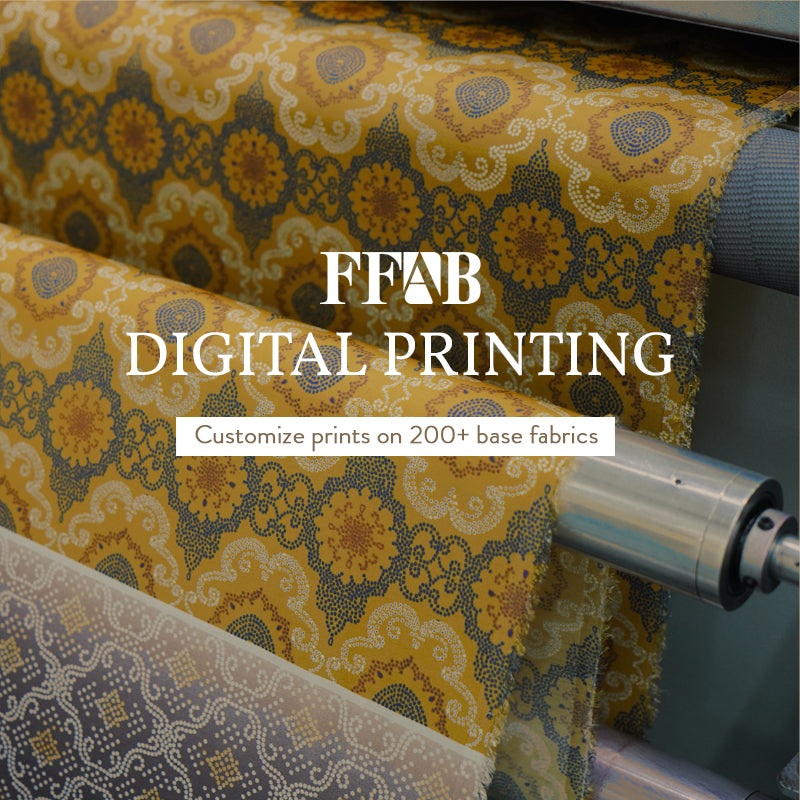Discover the mesmerizing world of Shibori fabric, an ancient Japanese art that weaves timeless tales through dye and texture. With roots tracing back to the 8th century, Shibori embodies elegance and craftsmanship. Its captivating patterns, created through intricate folding, binding, and resist-dyeing techniques, narrate stories of tradition and innovation.
Is Shibori all-season fabric?
Shibori fabric can be suitable for all seasons depending on the material used and the weight of the fabric. The resulting designs can be both aesthetically pleasing and unique.
Fabric Type: Shibori can be applied to various types of fabrics, including cotton, silk, linen, and more. Each fabric type has different properties that affect its suitability for different seasons. For instance, cotton and linen are breathable and lightweight, making them ideal for warmer weather, while silk may offer a luxurious feel and can work well in both warm and cooler seasons.
Fabric Weight: The weight of the Shibori fabric also plays a role in its seasonal suitability. Lightweight Shibori fabrics are more appropriate for spring and summer, as they allow better airflow and keep you cool. Heavier Shibori fabrics, on the other hand, can be more suitable for fall and winter as they provide warmth and insulation.
Dye Colors: The choice of dye colours used in Shibori can influence its seasonal appropriateness. Bright and vibrant colours are often associated with warmer seasons, while darker and more muted shades may be preferred in colder seasons.
What makes Shibori fabric one-of-its-kind?
Handcrafted Artistry: Shibori is a labour-intensive and artisanal process. Each piece of Shibori fabric is meticulously crafted by skilled artisans, making it a true work of art. The patterns are created by hand, and the process requires precision and creativity.
Dyeing Techniques: Shibori uses different methods to create patterns on the fabric. Techniques like folding, twisting, stitching, binding, and clamping are applied to the fabric before immersing it in dye. The dyeing process creates beautiful and intricate designs that are unique to each piece.
Organic and Natural Materials: Traditionally, Shibori uses natural dyes made from plant-based materials, which gives the fabric a distinct earthy and organic feel. The use of natural materials adds to its appeal and eco-friendliness.
Individuality: No two pieces of Shibori fabric are exactly alike. The manual techniques used in the dyeing process ensure that each piece has its distinct pattern and character. This individuality makes Shibori fabric highly prized by those who value uniqueness and craftsmanship.
Cultural Heritage: Shibori has a long history and is deeply rooted in Japanese culture. It has been passed down through generations and carries a sense of tradition and cultural significance. Its continued popularity in modern fashion and design is a testament to its enduring appeal.
Versatility: Shibori techniques can be applied to various types of fabrics, such as silk, cotton, linen, or wool, allowing for a wide range of applications in fashion, home decor, and art.
Colours used in the creation of Shibori fabric
Indigo and White: Indigo is the most traditional and popular dye used in Shibori. The deep blue colour of indigo creates a striking contrast with the natural colour of the fabric, resulting in a classic blue-and white-combination.
Blue and White: Apart from indigo, other shades of blue are also used, ranging from pale blue to rich azure. These shades are often combined with white for a fresh and serene look.
Earth Tones: Shibori can be done with natural dyes like browns, yellows, and greens derived.
Besides using indigo flowers for extracting indigo dye, purple roots and madder plants were used to produce shades like blue, purple and deep red.
How to take care of Shibori fabric?
Washing: Hand wash Shibori fabric separately in cold water using a gentle detergent. Avoid using harsh chemicals or bleach, as they can damage the delicate fabric and fade the dyes. Gently swish the fabric in the water and avoid rubbing or scrubbing to prevent the dye from bleeding.
Drying: After washing, gently squeeze out excess water without wringing the fabric. Lay the Shibori fabric flat on a towel and roll it up to absorb more water. Then, carefully unfold the fabric and lay it flat on a drying rack or a clean, dry towel to air dry. Avoid exposing Shibori fabric to direct sunlight, as this can cause the colours to fade.
Avoid harsh treatments: Avoid exposing Shibori fabric to harsh chemicals, such as those found in some cleaning products or detergents. Additionally, avoid using a washing machine or dryer, as these can cause damage to the delicate fabric and disturb the intricate dye patterns.
Shibori fabric weaves a timeless tale of artistry and innovation. Its allure lies in its ability to captivate hearts, transcending generations with its boundless beauty.
Shop Your Favourite fabrics from FFAB
FFAB houses a hefty range of natural fabrics like- silks, cotton, wool, flax, bamboo, viscose, cupro, modal, lyocell, and more.
Our association with hundreds of artisans and weavers across the country helps us in bringing together an exclusive range of fabrics featuring - natural dyes, hand block prints, hand embroideries, and many more. We also offer an extensive range of value-added fabrics in digital printing and embroidery.
Explore our beautifully curated collection of natural fabrics here.


